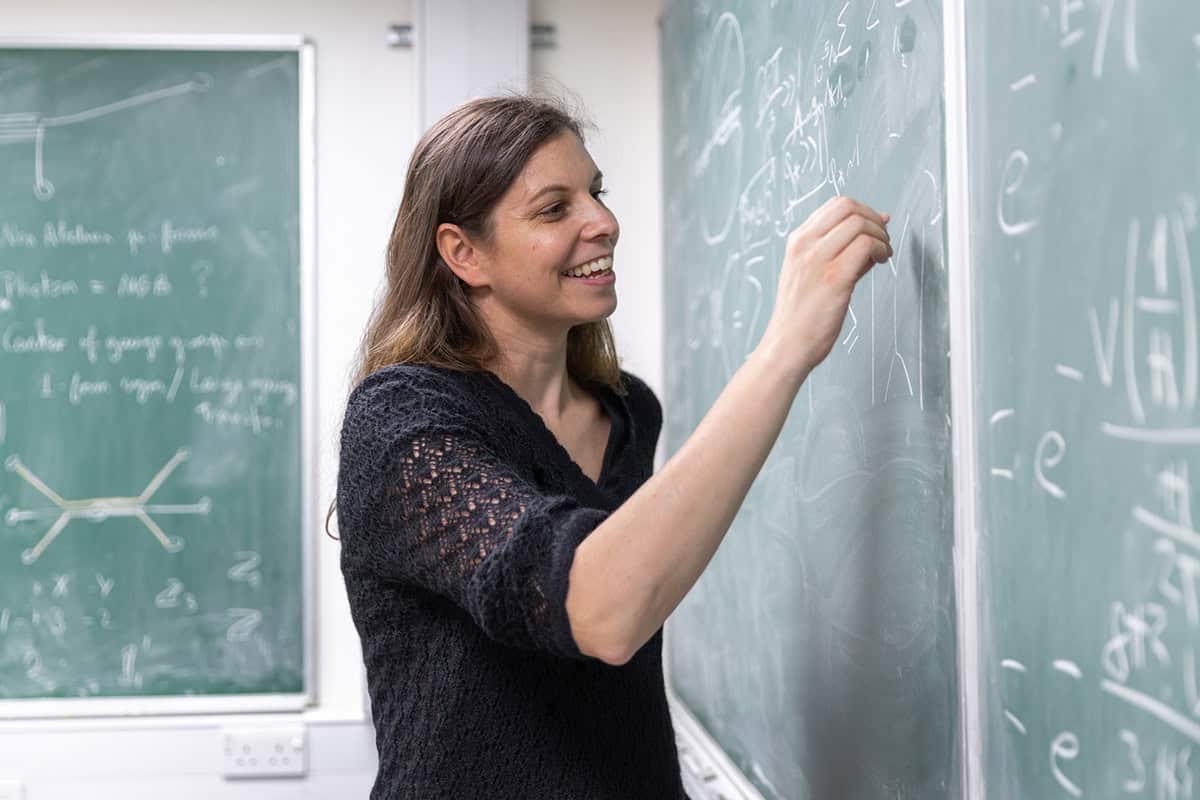Matin Durrani talks to theoretical physicist Claudia de Rham about her new popular-science book The Beauty of Falling and her career I wanted to share something I find very exciting, but also [show] how we do science and the fun in doing it. I think we are all scientists in that we can all explore and understand. Most of all, I wanted to connect with people who don’t realize how much they have it in themselves, in their curiosity, to address some of the questions we all ask.
That they are part of this human endeavour, this human journey of pushing the frontiers of knowledge. The book explains how our understanding of gravity evolved – how Einstein’s general theory of relativity provides a very good description but fails at a point. The “beauty of falling” is that the theory does fail.

It shows us that there’s not an ultimate truth, there’s not an ultimate knowledge and that’s “it”. Science is always a continuous endeavour. Failure is the best feature that a theory can have because it tells us where to look for new discoveries.
We don’t need to do lots of observations and wait until there is a mismatch between observations and the theoretical projections. We know from the outset that eventually we’ll need to uncover new layers of physics – and that to me is very exciting. When you know something will fail, how do you embrace that and move forward? For me, the symbols on a blackboard: this is the language.
Theorists use mathematics to express thoughts .
















